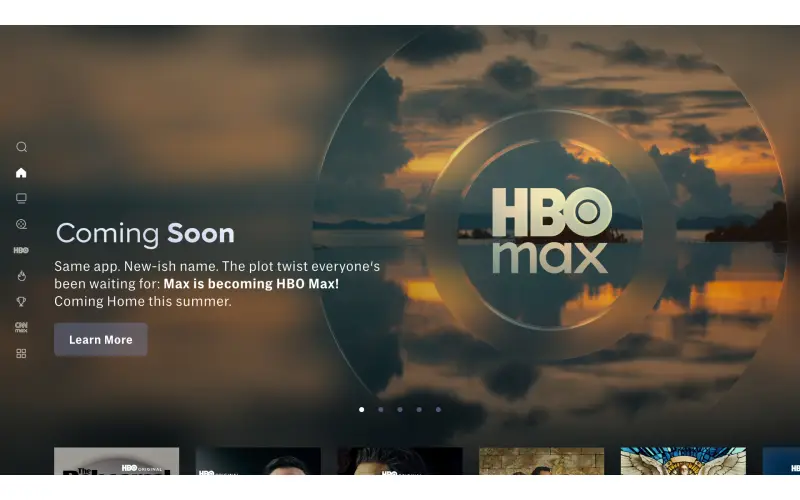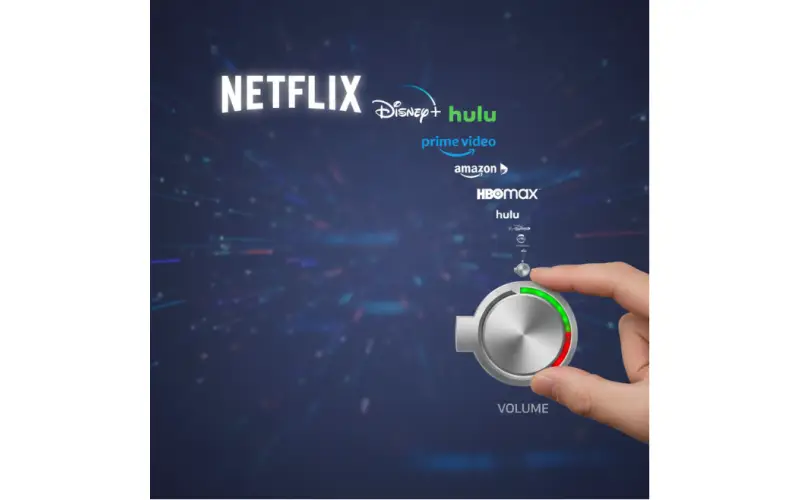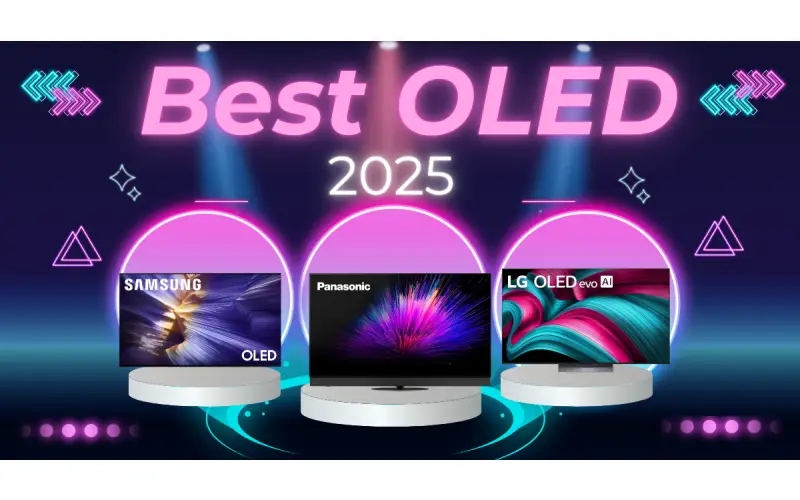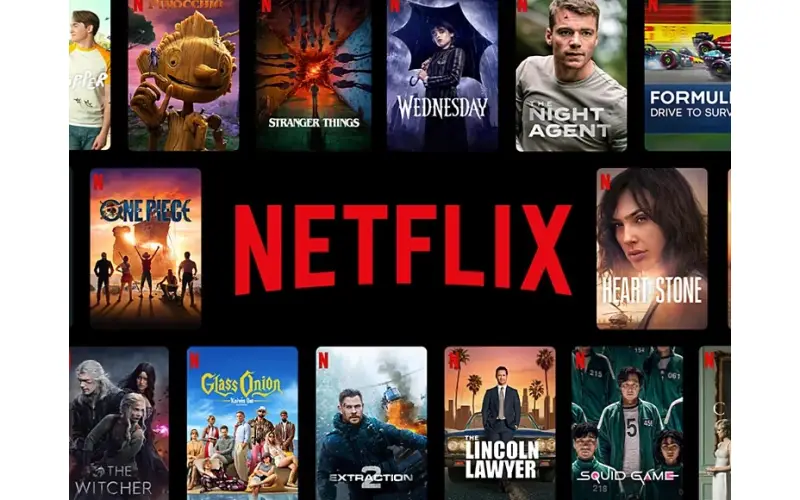By: Dipin Sehdev
In a move that underscores the enduring power of legacy media brands—even in the fast-moving world of streaming—Warner Bros. Discovery (WBD) has announced it is rebranding its flagship streaming platform back to HBO Max. The pivot comes two years after the company controversially dropped "HBO" from the name in favor of a broader, family-friendly “Max.” Now, it appears that broader wasn’t necessarily better.
During its annual Upfront presentation in May 2025, WBD formally revealed that the “Max” brand will be retired this summer, and HBO Max will once again serve as the banner for its streaming ambitions. For a platform that has spent the past several years in constant transformation—amid corporate mergers, shifting leadership, and content strategy whiplash—this latest change is more than just a cosmetic update. It’s a strategic realignment built on the idea that quality, not quantity, drives subscriber growth in an increasingly saturated streaming market.
Let’s break down why WBD is making the switch, what it means for consumers, and how the newly rebranded HBO Max will position itself against formidable competitors like Netflix, Disney+, Amazon Prime Video, and Apple TV+.
From HBO Max to Max—and Back Again
The original HBO Max launched in May 2020 as a premium streaming service combining the prestige of HBO Originals with the expansive library of WarnerMedia, including Warner Bros. films, DC content, Cartoon Network, and Studio Ghibli. It was well-received critically, even as it stumbled operationally during its early days.
Then, following the 2022 merger of WarnerMedia and Discovery Inc., Warner Bros. Discovery relaunched the platform in May 2023 under a shortened name: Max. The rebrand aimed to better reflect the broader content catalog that now included Discovery’s lifestyle and unscripted programming—TLC, HGTV, Food Network, and more. The intention was clear: make the service appear more inclusive and family-friendly by distancing it from the adult-oriented, prestige-heavy image of HBO.
But that strategy failed to resonate. Max struggled to define its identity in a crowded market. Despite having a vast and varied catalog, the new name lacked cultural weight. It felt like a generic brand, indistinguishable from other streamers competing on breadth rather than depth. Internally, WBD began to acknowledge what many subscribers and analysts were saying all along: HBO was the crown jewel, not a liability.
A Return to Prestige: Why the HBO Brand Still Matters
By late 2024, it was clear the pendulum had swung back toward premium content. Shows like The Last of Us, Succession, and House of the Dragon continued to earn critical acclaim and cultural relevance. At the same time, WBD began subtly reintroducing the HBO label across its ecosystem:
-
New shows like Dune: Prophecy and The Penguin were branded as HBO Originals, not Max Originals.
-
The company tested always-on HBO channels within the Max app.
-
A refreshed logo launched in March 2025 evoked HBO’s signature black-and-white visual identity.
-
And finally, CEO David Zaslav and HBO chief Casey Bloys began hinting at a rebrand during investor and media events.
“The powerful growth we have seen in our global streaming service is built around the quality of our programming,” said Zaslav in the official announcement. “Today, we are bringing back HBO, the brand that represents the highest quality in media, to further accelerate that growth in the years ahead.”
A Data-Driven Shift
The decision to revert to HBO Max isn’t just a nostalgic gesture. It’s informed by performance data and consumer behavior. According to JB Perrette, President and CEO of Global Streaming & Games at WBD, content from HBO consistently delivers the strongest engagement and retention numbers on the platform.
“We will continue to focus on what makes us unique—not everything for everyone in a household, but something distinct and great for adults and families,” Perrette said. “It’s really not subjective, not even controversial—our programming just hits different.”
Indeed, while Netflix and Amazon have leaned into a high-volume model, WBD is making a bet on high-quality curation. That bet is backed by numbers: the streaming business turned around nearly $3 billion in profitability over the past two years, with 22 million global subscribers added during the same period. The company aims to exceed 150 million subscribers by 2026.
“The truth is, no consumer is asking for more content,” Bloys added. “What they’re asking for is better content.”
What’s Changing for Users?
New Name, Familiar Interface
The rebrand to HBO Max will go into effect in summer 2025. Existing Max users won’t need to take any action. The app will update automatically on all platforms with a new logo, startup screen, and refreshed branding.
Early previews suggest a return to HBO-centric UI design elements: bolder typography, darker color schemes, and prominent promotion of HBO Original content. The goal is to make the platform feel more “premium” again, both in look and feel.
Expanded Global Rollout
HBO Max will also serve as the global standard brand moving forward. WBD plans to continue expanding the service into international markets, where HBO still carries strong recognition.
As of May 2025, the service is available in more than 60 countries, with key launches planned across Southeast Asia and Central Europe later this year.
HBO Max Tiers and Pricing: What You Need to Know
While the name is changing, the current tiered pricing model introduced during the Max era will remain intact—at least for now. Here’s a breakdown of the subscription options for U.S. users, with similar pricing models expected globally (adjusted for local markets and currency):
1. With Ads – $9.99/month or $99.99/year
-
Full access to the HBO Max library with ad-supported streaming
-
1080p video quality
-
Up to two concurrent streams
-
No offline downloads
This entry-level tier is designed for cost-conscious viewers who don’t mind ads in exchange for a lower monthly fee. It’s comparable to Netflix’s Standard with Ads plan and Hulu’s base tier.
2. Ad-Free – $15.99/month or $149.99/year
-
Ad-free access to all content
-
1080p video quality
-
Up to two concurrent streams
-
30 offline downloads
This is the classic HBO Max experience—ideal for users who want to binge shows uninterrupted. While the video resolution is capped at 1080p, it remains a strong value for viewers focused on quality storytelling over 4K fidelity.
3. Ultimate Ad-Free – $19.99/month or $199.99/year
-
Ad-free streaming
-
4K UHD with Dolby Vision and Dolby Atmos on supported content
-
Up to four concurrent streams
-
100 offline downloads
-
Access to select live sports (like NBA on TNT and Bleacher Report live events)
-
Priority access to upcoming features like personalized HBO channels
This is HBO Max’s premium offering and the most future-proofed tier for cinephiles, families, and sports fans alike. With increased concurrency and high-end audio/visual features, it’s aimed at users who treat streaming as their primary entertainment hub.
What's Next for HBO Max?
Focus on Signature Franchises
With the rebrand, HBO Max will double down on its most bankable IP. This includes Game of Thrones, DC, Harry Potter, and Dune, all of which have sequels, spinoffs, or reboots in active development.
Upcoming high-profile content includes:
-
House of the Dragon Season 2 (summer 2025)
-
The Penguin and Arkham Asylum DC spinoffs
-
Welcome to Derry, a prequel to It
-
New HBO dramas from creators like Sam Levinson, Issa Rae, and Mike White
Sports and News Integration
Live sports and news will remain a differentiator for the service, especially under the premium tier. WBD has deals in place for March Madness, NBA on TNT, MLB, and NHL coverage, as well as CNN live events and breaking news streams.
Original Documentary and Unscripted Content
While some lifestyle content will remain, WBD is retooling its unscripted strategy to focus on prestige documentaries and true crime, areas where HBO and CNN excel. TLC and Food Network content will remain accessible but de-emphasized in the main promotional pipeline.
The Bottom Line
The return to HBO Max is more than a name change—it’s a cultural correction. Warner Bros. Discovery is acknowledging that, in the age of infinite content, curation, clarity, and quality still matter. The HBO name carries weight, and that weight translates into trust, prestige, and—crucially—subscription dollars.
Whether this pivot marks a permanent identity or another stop in the never-ending reinvention of streaming, one thing is certain: in an entertainment landscape often defined by forgettable content, HBO remains a brand worth remembering—and, as Bloys puts it, “worth paying for.”





